New setup for ex vivo detection reveals low concentrations of biomarkers such as circulating tumor cells, bacteria and nanoparticles in cerebrospinal fluid.
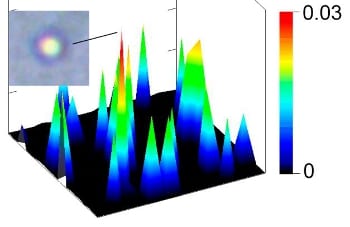

New setup for ex vivo detection reveals low concentrations of biomarkers such as circulating tumor cells, bacteria and nanoparticles in cerebrospinal fluid.
The most downloaded papers from the pss family of journals in April.
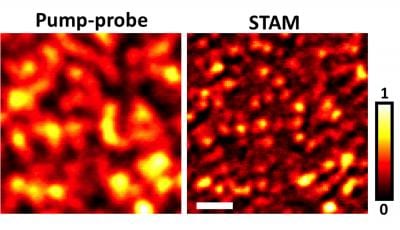
Researchers have found a way to see synthetic nanostructures and molecules using a new type of optical microscopy that does not require fluorescent dyes.
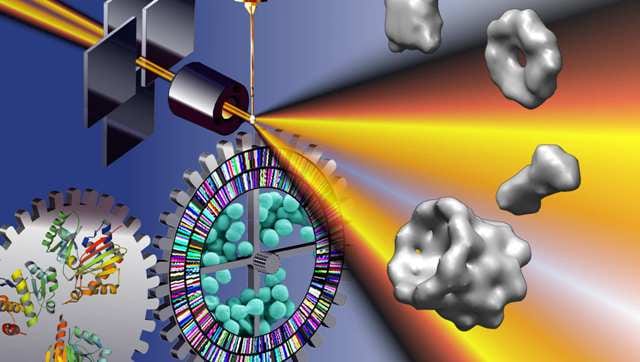
Berkeley Lab Researchers develop new metrics for X-ray and neutron analysis of flexible macromolecules.
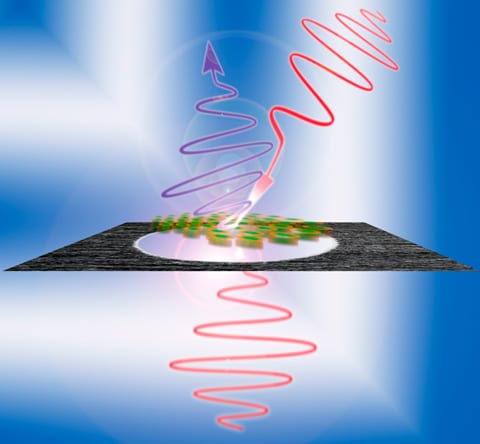
Researchers succeed in generating flashes of extreme ultraviolet radiation via the reflection from a mirror that moves close to the speed of light.
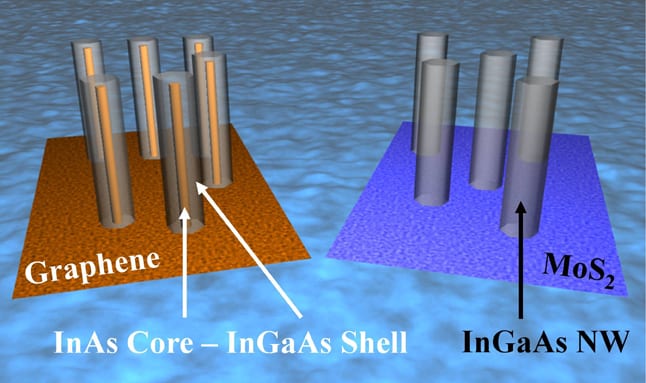
Discovery comes as researchers set out to grow nanowires of a compound semiconductor on top of a sheet of graphene.
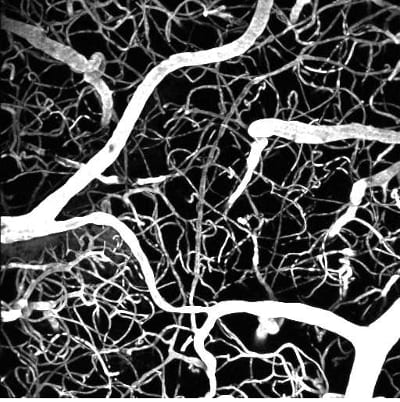
New kind of dye could reduce the cost of two-photon microscopy by several orders of magnitude.
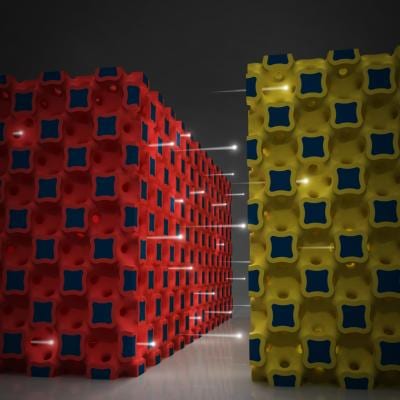
Technology out-powers even the best supercapacitors and could drive new applications in radio communications and compact electronics.
Ultrathin, flexible optoelectronic devices – including LEDs the size of individual neurons – are lighting the way for scientists in optogenetics and beyond.
McGill researchers demonstrate new way to control light in semiconductor nanocrystals.